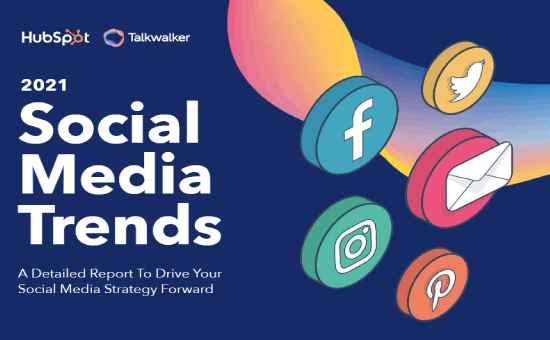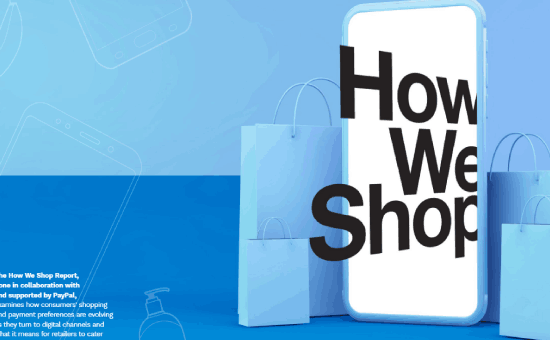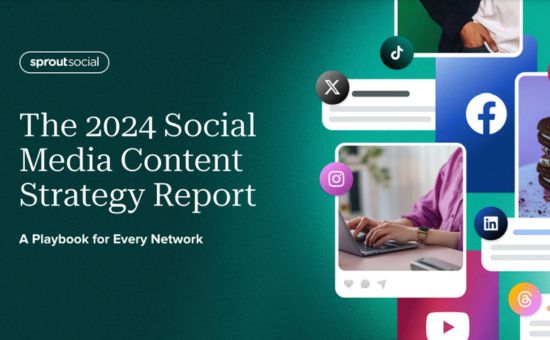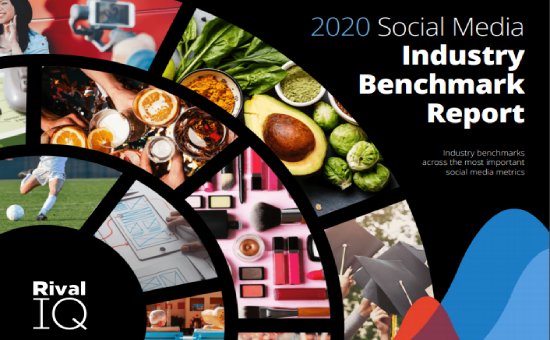Evolution of Retail: 2017 Gen Z Shopper Report | Euclid Analytics
E-Commerce & Retail | USA
In the existing time, closing a store should impact the brand awareness in its surrounding area. The majority of shoppers would choose to shop at another brand if there was no physical store near them. It is important to set up a strong relationship with customers in areas surrounding the closed store, to redirect them to shop at either another nearby location or online.
Check the below to discover the overall trends in online shopping likes & dislikes, in-store shopping trends, and how smartphones impact the in-store shopping experience:
- 28% of Gen Z shoppers are more likely to ask the store associate for advice than other demographics versus 21% of all respondents.
- 26% of Gen Z shoppers are more likely to want a personalized experience in the store versus 19% of all respondents.
- 31% of Gen Z respondents, in particular, get frustrated if they can’t find what they want versus 22% of all respondents.
- 66% of Millennials – aged 20 to 35 year – prefer to visit in-store each week once at least, compared to 54% of the overall respondents.
- Gen Z is less likely to compare prices online than other groups (43% of Gen Z, 49% of Millennials and 51% of baby boomers).
- See merchandise first-hand (67%), enjoy browsing in stores (51%) and like getting products immediately without waiting for delivery (45%) are the top 3 reasons for preferring the respondents shopping in physical stores.
- 57% of Gen Z shoppers are more likely to use their smartphones while shopping versus 53% of all shoppers, sharing the shopping experience with family and friends (42% versus 31%), and taking photos of products (43% versus 37%).
- 40% of Gen Z respondents said they use Snapchat in a store, compared to only 15% of other respondents.
- Both Millennial and Gen Z respondents appreciate guest Wi-Fi and the social sharing it enables. Such services are more important to Gen Z (53%) than to Millennials (41%).

A Graph Shows the Shoppers Action Among Any Changes in Their Favorite Retail Store
Methodology:
Data were driven from 1,500 US smartphone users, from different age groups, regions, household incomes and shopping preferences. The survey highlights responses from 16 to 21 year-olds.

Euclid Analytics
Warning: Undefined array key "sidebar_ads" in /home/dmc/public_html/wp-content/themes/DMC/functions/helpers.php on line 824






